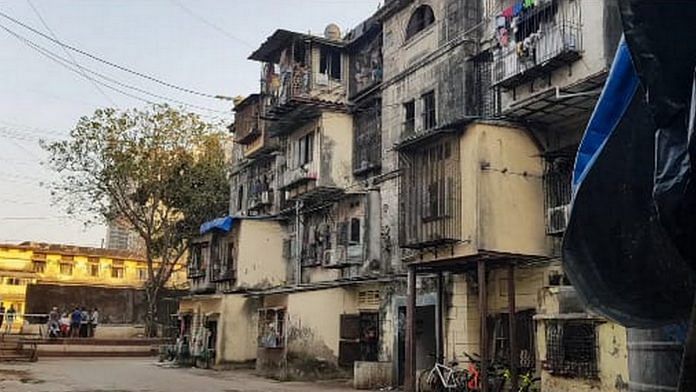
Mumbai: Dramatic dialogues from a Marathi TV show fill the Dhayalkar family residence in Naigaon in central Mumbai. Sixty-three-year-old Ajit Dhayalkar sips tea with his brother and sister-in-law, and all three gaze at the screen. The six members of the household have no choice but to be ‘close-knit’.
Their home is a 180 sq-ft one-room apartment, with only a worn-out curtain separating the minuscule kitchen from the living-sleeping-dining room, where a 6×6-ft bed occupies much of the space. If anyone needs to use the bathroom, they must visit the common toilet at the back of the building. “It’s littered with garbage and there are mosquitoes and rats everywhere,” Ajit Dhayalkar said.
The Dhayalkar apartment is located inside a decrepit century-old chawl, and has been with the family ever since Ajit Dhayalkar’s grandfather’s time.
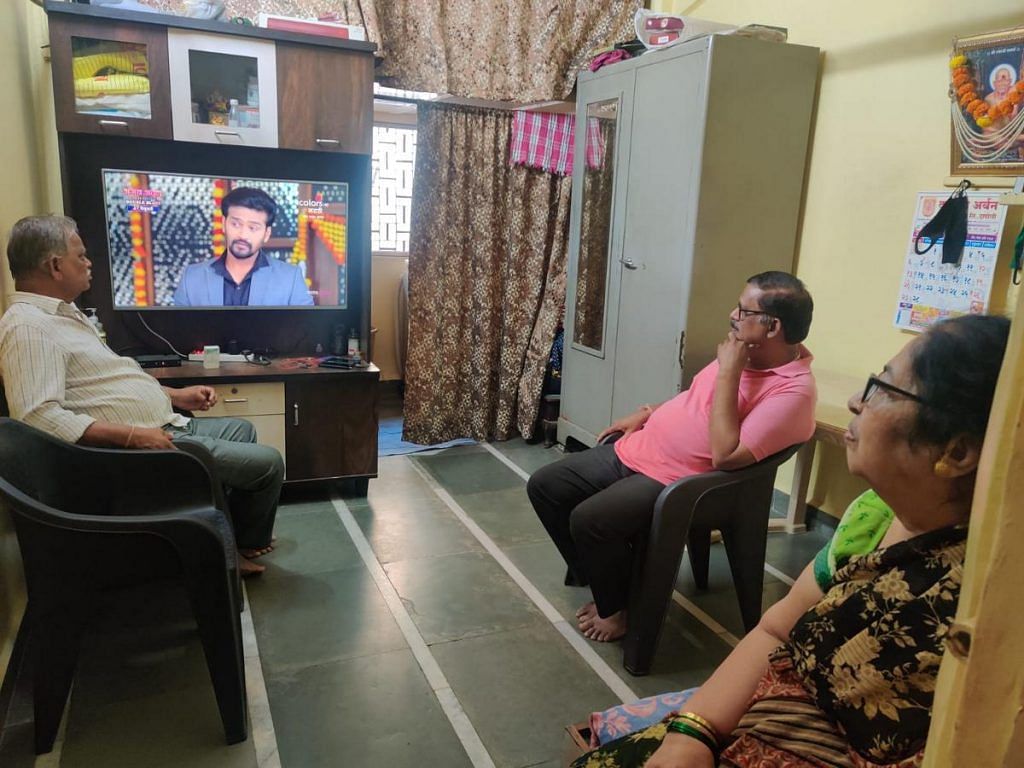
Their home is like thousands of others packed inside scores of Bombay Development Directorate (BDD) chawls (tenements) in Naigaon, NM Joshi Marg in Lower Parel, and Worli.
These blackened old buildings, for so long a fixture in Mumbai, will soon make way for modern high-rises, where residents like Dhayalkar will get a 500-sq-ft apartment free of cost. The new cluster developments will also have hospitals, hostels, schools, and gyms.
The plan to revamp the BDD chawl clusters, which together cover around 86.5 acres, was first mooted 25 years ago but was stalled for various reasons — including bureaucratic delays and difficulties in convincing residents to move. The Maharashtra Housing and Area Development Authority (MHADA) started work only this year in what is touted to be among Mumbai’s largest redevelopment projects.
The Rs 17,000 crore project — involving 121 buildings in Worli, 42 at Naigaon, and 32 at NM Joshi Marg in Lower Parel—will come up in multiple phases, according to officials in charge of the project. The residents of more than 16,000 apartments will be rehoused for free in the new buildings.
Maharashtra Housing Minister Jitendra Awhad told ThePrint that the project will create additional housing stock of around 10,000 units, which MHADA will sell at the market rate — estimated to be more than Rs 2 crore per apartment.
However, while the new projects promise to offer a better standard of living to chawl residents, some urban planners have criticised the state government’s approach and allege that the new apartments may in some ways be even worse than the older ones.
Also Read: 6 toilets for 20 houses, inadequate testing: Why Mumbai’s Worli chawls are a Covid hotspot
After long delays, beginning of the end in 2015
The Bombay Development Department was set up in 1920 by the British to construct low-cost housing for mill labourers, dock workers, and low-rung government employees.
The chawls currently being developed occupy what is now prime real estate — Naigaon (Dadar), NM Joshi Marg in Lower Parel, and Worli — and comprise 195 three-storey buildings with more than 16,000 tenements, each with a carpet area of only 160-180 sq ft.
There are 12 chawls in Sewri too, but these are not part of the redevelopment project since they are owned by the Mumbai Port Trust, which comes under the central government, and its nod is required before work can be undertaken.
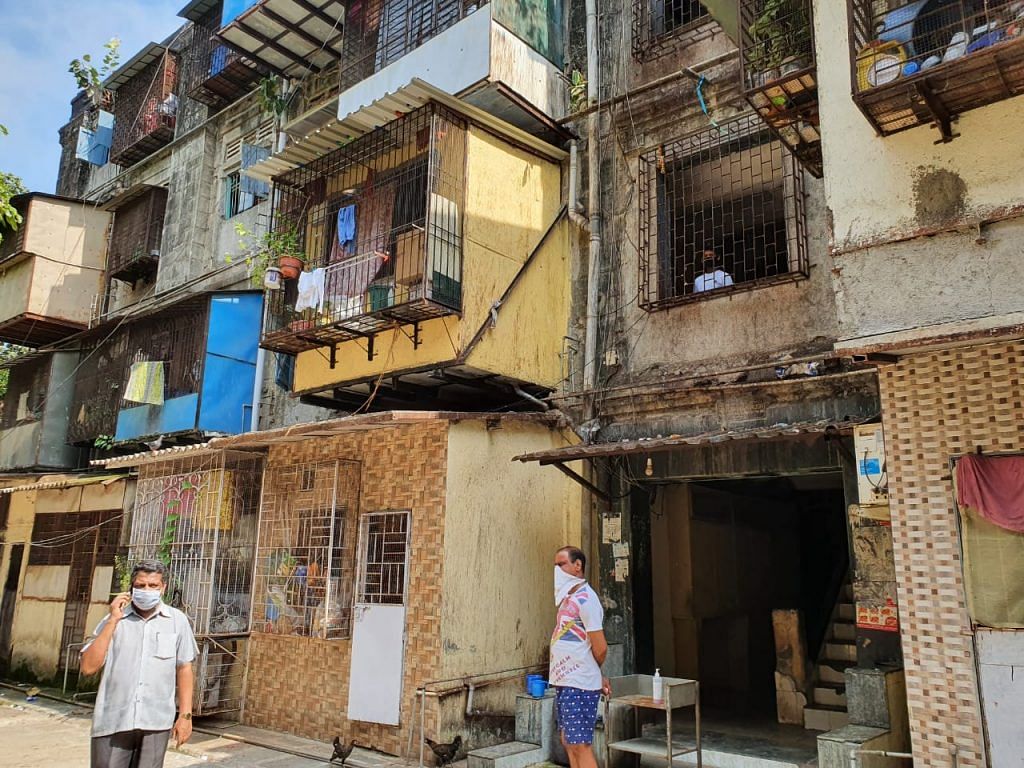
Plans to redevelop the rundown chawls have been in the pipeline for more than two decades, but little progress was made because no private builders came forward to take up the task and residents, too, were resistant.
However, in 2015, the Devendra Fadnavis-led BJP-Shiv Sena government decided to push through with the redevelopment project, with MHADA as the nodal agency and with work orders to be given to contractors as cash contracts.
The current Maha Vikas Aghadi government, a coalition of the Shiv Sena, Nationalist Congress Party (NCP), and the Congress, also took project forward along these basic lines.
MHADA has appointed private contractors for each area — L&T Realty for Naigaon, Shapoorji Pallonji for NM Joshi Marg, and Tata Projects for Worli. The redevelopment model has been designed such that contractors can raise bills on the basis of costs they incur for the period of the contract. This makes MHADA own the entire risk of any project delays or litigation against the project, and has emboldened bidders to come forward and implement the gargantuan project, state housing department officials said.
“This was the model that was adopted in 2015-16 by the then government, but focussed attention and dedicated efforts were not there,” Maharashtra Housing Minister Jitendra Awhad told ThePrint.
He added that a key aspect of setting the ball rolling was to assuage the fears of residents, many of whom have lived in these tenements for generations.
“It is all about communication. I went to their chawls and spoke to them personally to convince them and give them confidence. That was the key,” Awhad said.
The work began in January 2022 with the demolition of a Naigaon building that housed Brihanmumbai Municipal Corporation (BMC) staff.
Political homages to ‘chawl culture’
The BDD chawls redevelopment project has gathered pace at a time when the Shiv Sena-ruled Mumbai civic body is going to the polls. The chawls are spread across a predominantly Marathi belt of Mumbai that has been the Shiv Sena’s bastion for decades. Moreover, what increases the significance of the project for the Shiv Sena is that Chief Minister Uddhav Thackeray’s son, Aaditya Thackeray, is MLA for the Worli constituency.
At the foundation stone laying ceremony in August last year, the CM as well as Sharad Pawar invoked Marathi chawl culture — which is associated with community cohesiveness, verandah conversations, and neighbourly support. Uddhav Thackeray also paid homage to the chawls for their contribution to the Shiv Sena.
“These chawls, which are now going to transform into towers, have a rich history in Mumbai. They have given us more than what we can do for them. We can never repay their debt,” he said. Thackeray also associated chawls with “Marathi pride”: “You are getting the homes in your name today. We have to preserve the culture of the chawls. After you get the homes, do not fall prey to any luring (to sell off these houses) and preserve the Marathi culture and pride.”
Pawar mentioned the chawls’ place in history in his speech. “The BDD chawls have seen the fight for independence. Dr Babasaheb Ambedkar has been here. Prabodhankar Thackeray (Uddhav Thackeray’s grandfather), Annabhau Sathe, Comrade Dange too lived in the vicinity. Towers will come up here but I request people not to sell [their flats] and keep them for your future generation. The Marathi voice should continue from here,” he said.
However, not everyone is convinced that the new flats will be conducive to “chawl culture” or even to a more comfortable life in general.
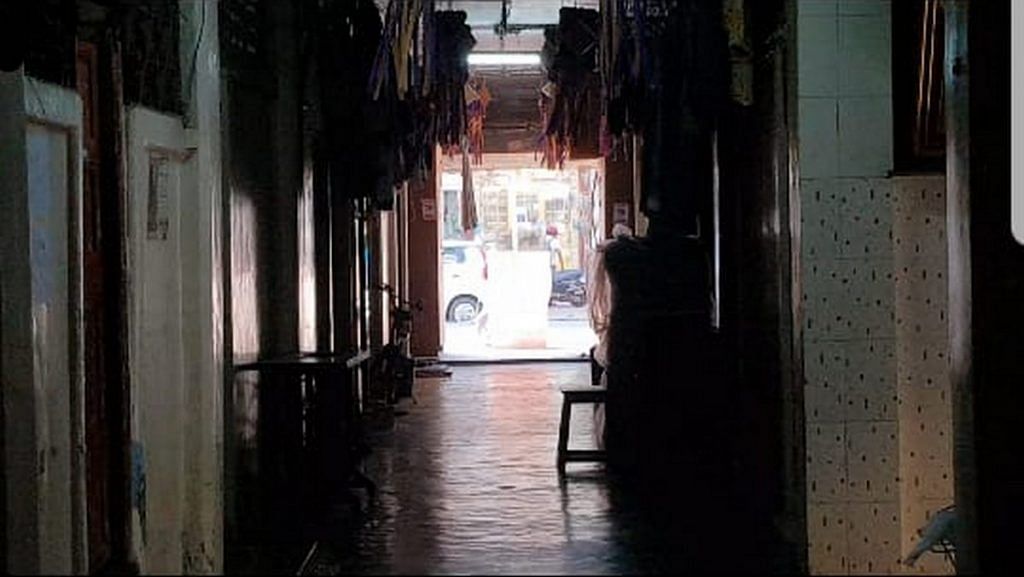
Some urban planners raise doubts, but most residents hopeful
The new apartments will be larger than the chawl rooms, but they will not necessarily be better, according to Sulakshana Mahajan, a former member of the Mumbai Transformation Support Unit (MTSU), a think tank that the Maharashtra government set up in 2005 and wound up in 2019.
“We don’t oppose the redevelopment of the BDD chawls, but [we oppose] its design. The proposal is very crowded and it is very dark, poorly lit, and with no ventilation. The living conditions will be extremely difficult for people,” Mahajan said.
The MTSU had objected to the design even when it was first prepared by the Fadnavis-led government in 2015.
Mahajan said the MTSU had pointed out that in the already congested area, if the government goes for high-rises without any proper ventilation or light, it will severely impact people’s health. It had also proposed that the redevelopment should only be for existing residents and not for selling to outsiders.
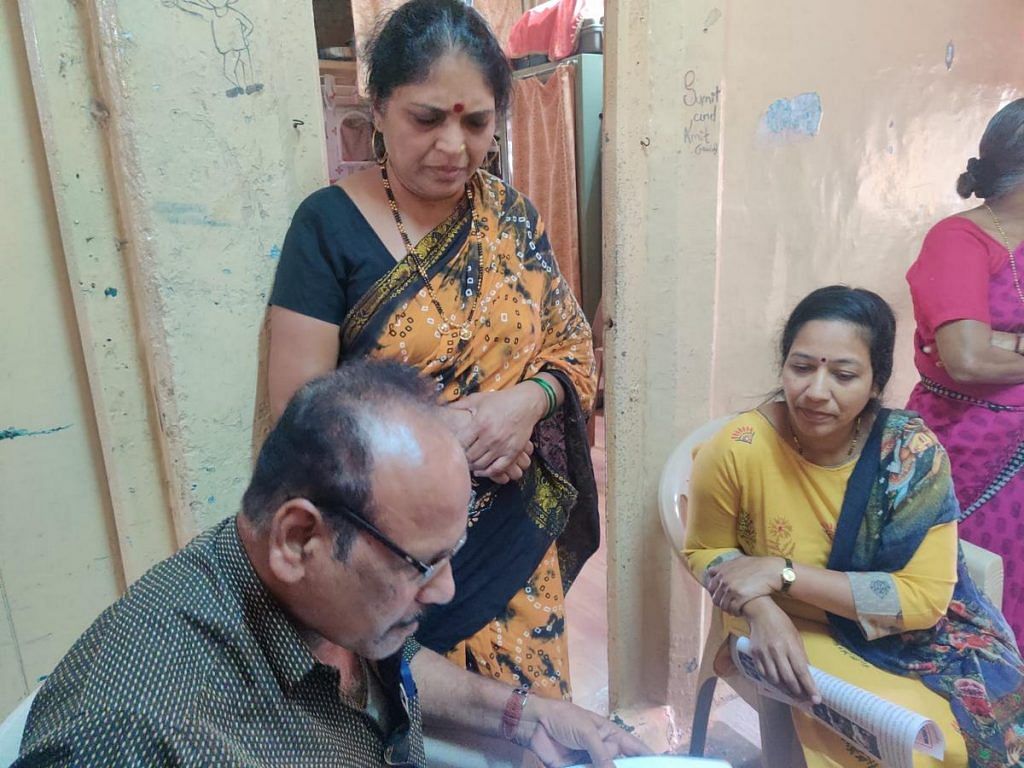
“MHADA should not make a profit since it is a government entity, and not a profit-making private builder,” she said, adding that there should be greater emphasis on open spaces and public transport.
In 2019, Mahajan and civil engineer Shirish Patel filed a Public Interest Litigation (PIL) in Bombay High Court about the new living quarters being potentially hazardous to health. However, the case has not progressed much due to pandemic-related delays in hearings. The next date for a hearing is 21 March.
“MHADA is denying the flaws in their design. Even if we lose in the legal battle, we don’t really have anything to lose as we are not stakeholders of BDD. But it is the people there who will be bigger losers,” Mahajan said.
However, most BDD chawl residents are not bothered by the aesthetics of the scheme or the arithmetic of the project. For them, swapping their matchbox-size homes, some of which are not even in their names, for free 500-sq-ft housing is a good deal.
Shanta Shinde, who has spent all 40 years so far of her married life as a tenant at a Naigaon BDD chawl, is excited about her new home.
“My children don’t want to stay in a small house and we cannot even afford to buy one in this area. So, if we get a 500-sq-ft house, my son can get married and can start his family as well,” she said.
Madhavi More, another resident in the chawl, agreed: “Girls are not ready to marry into our small houses since we don’t have a toilet inside.”
Ajit Dhayalkar, too, is optimistic that the younger generation of his family, now dispersed in Mumbai’s distant satellite towns, will now consider returning home. “They will all come back to us, to a new, bigger house,” he added.
Also Read: 2022 could be year Mumbai begins to shed ‘under-construction’ look, authorities have a plan

COMMENTS